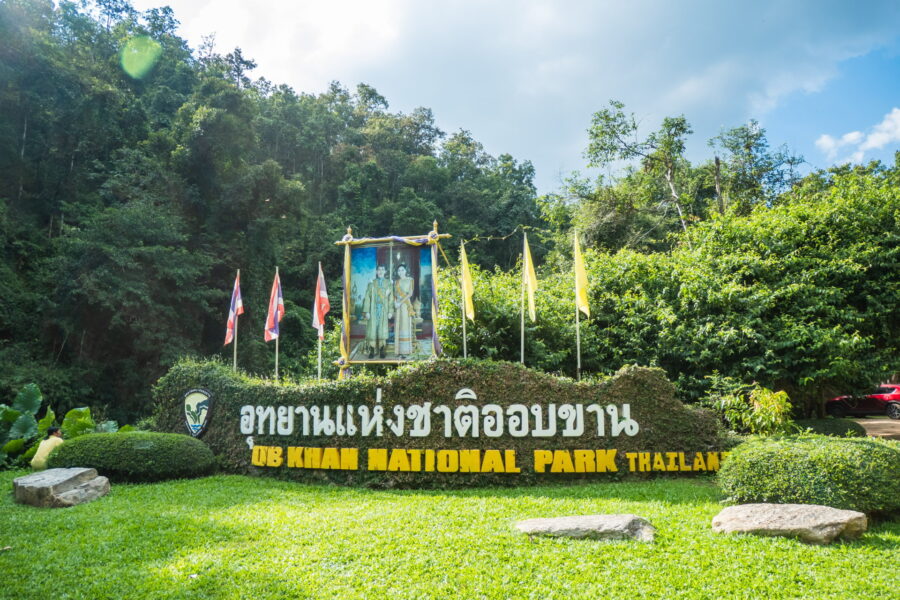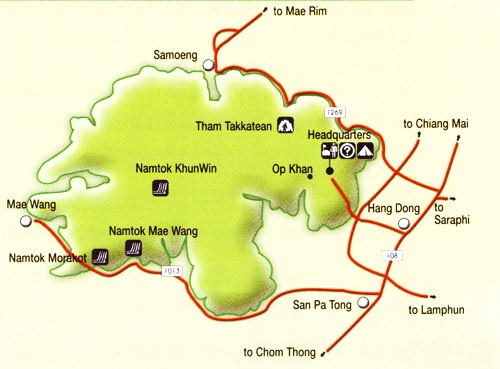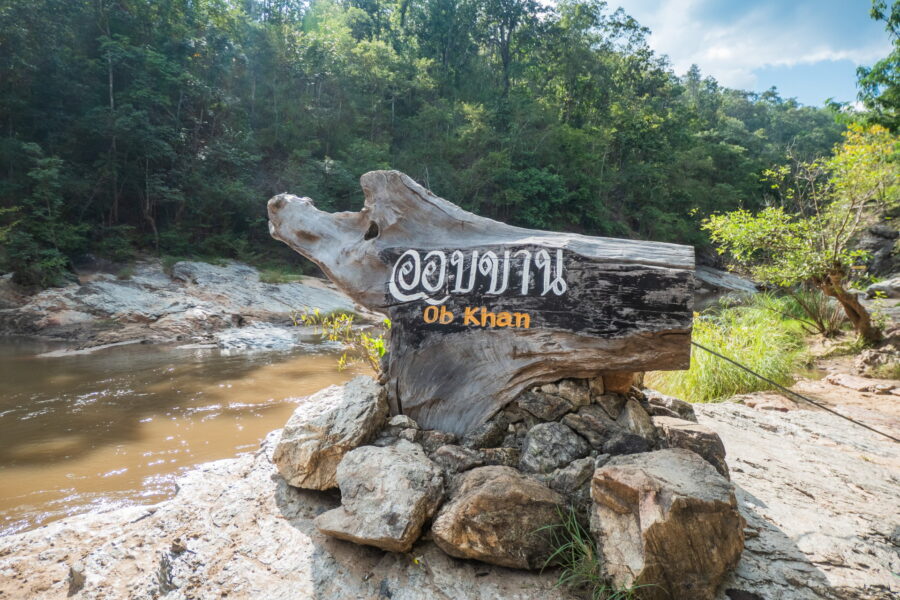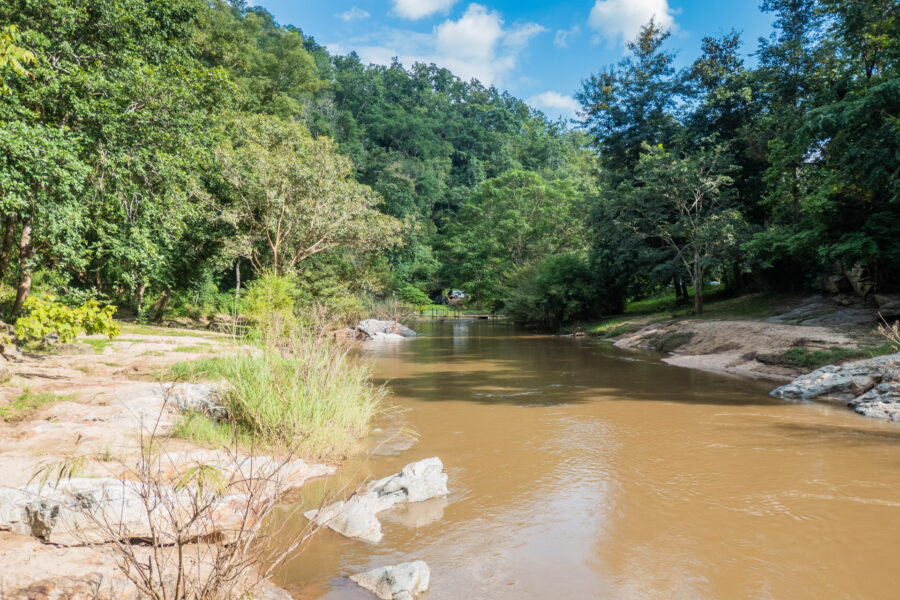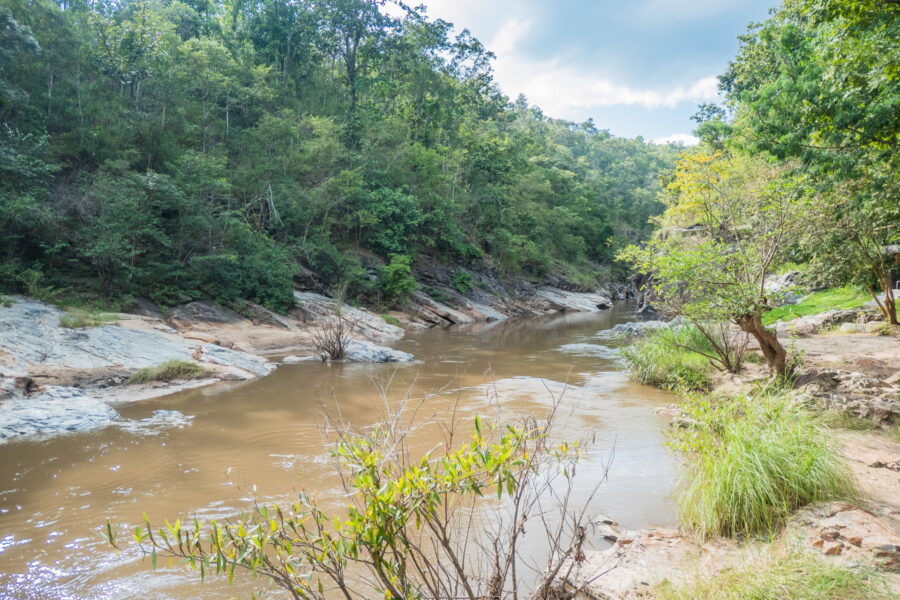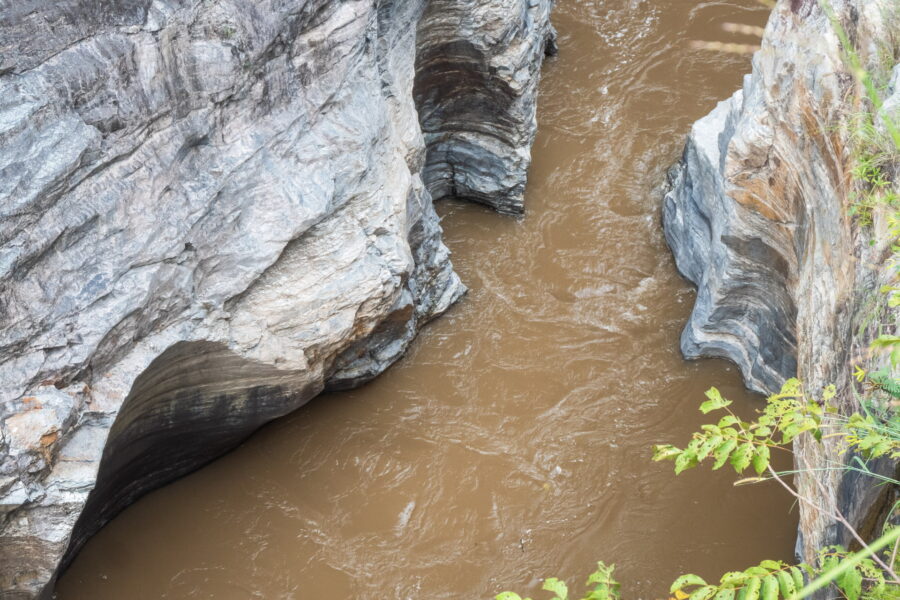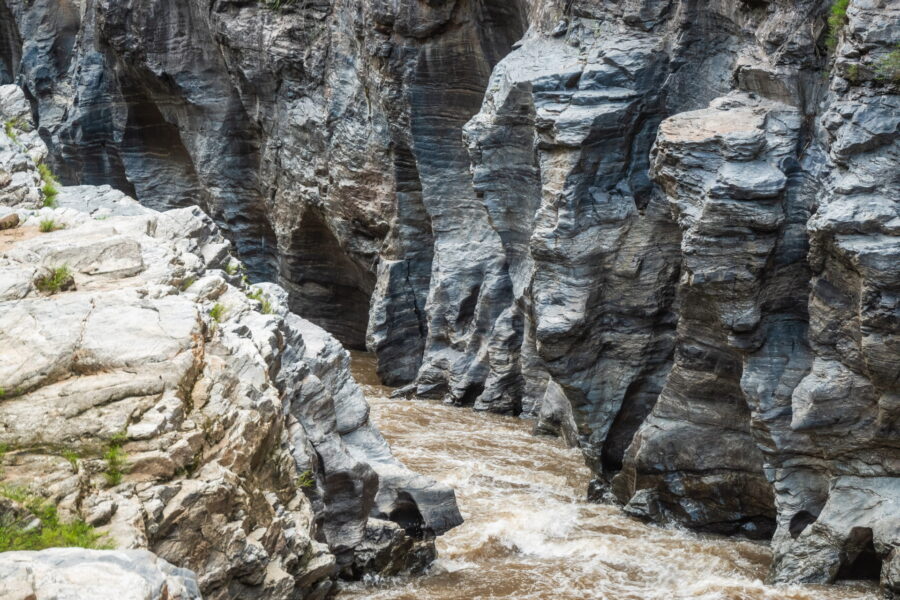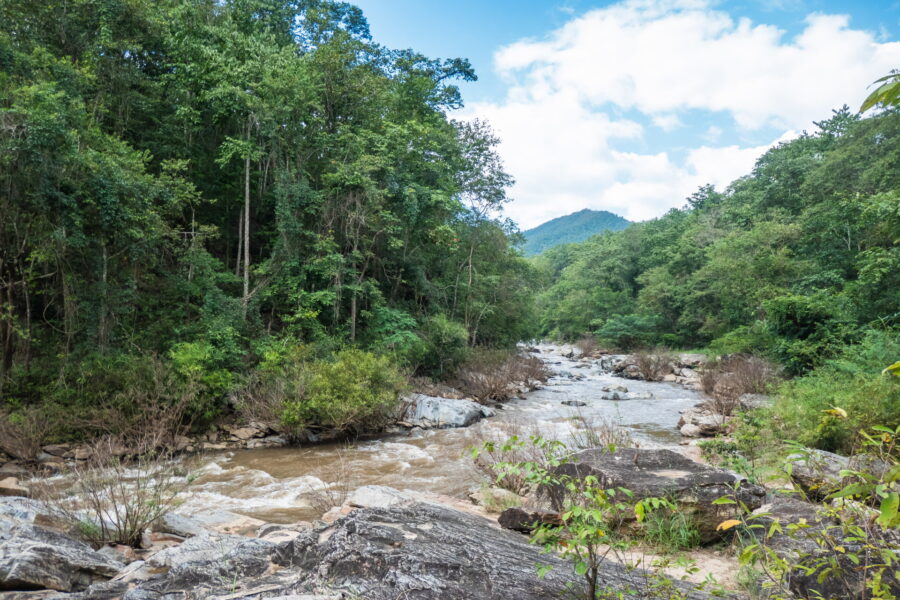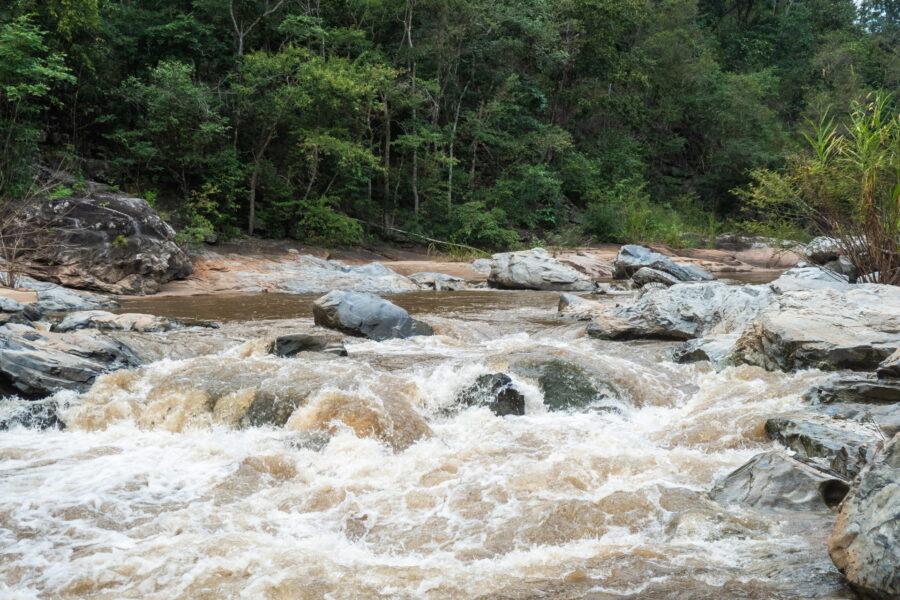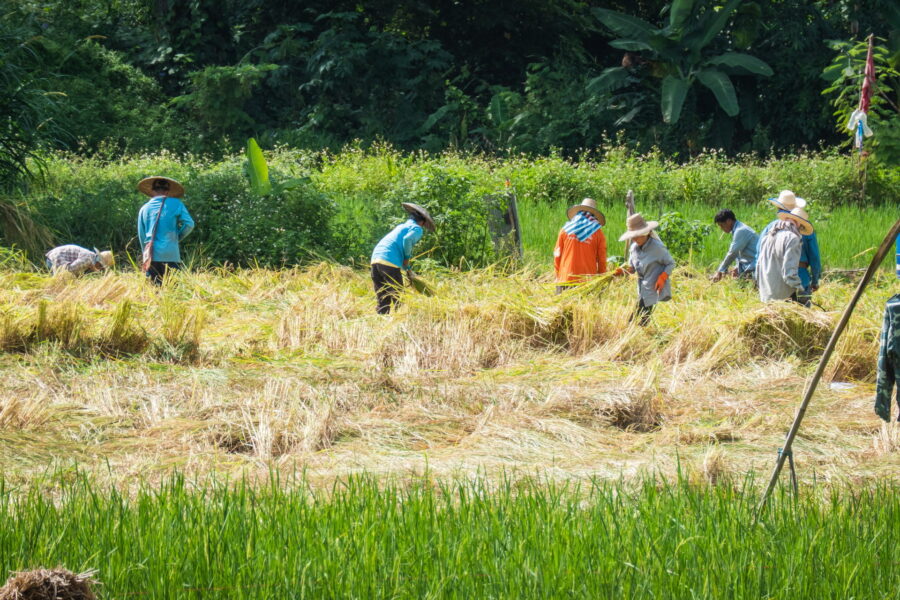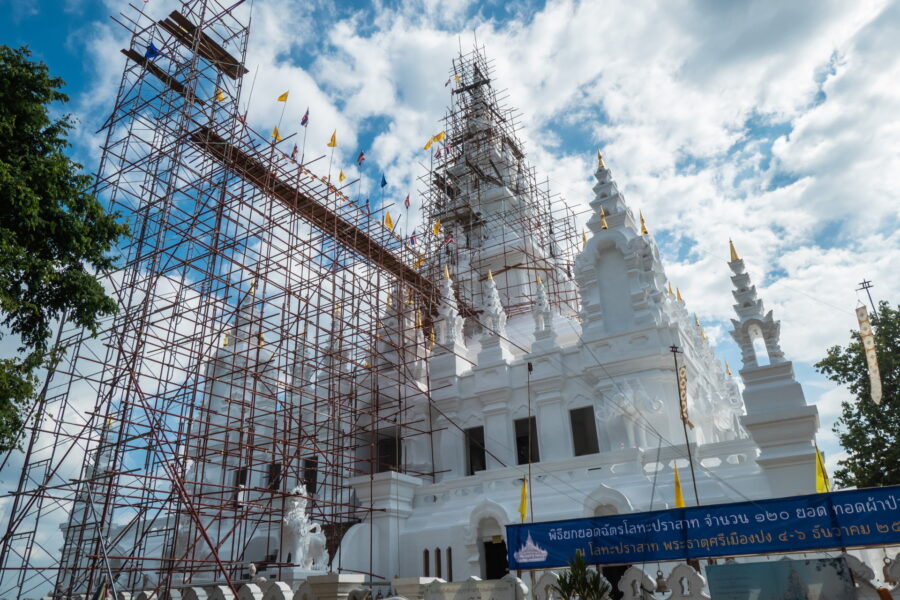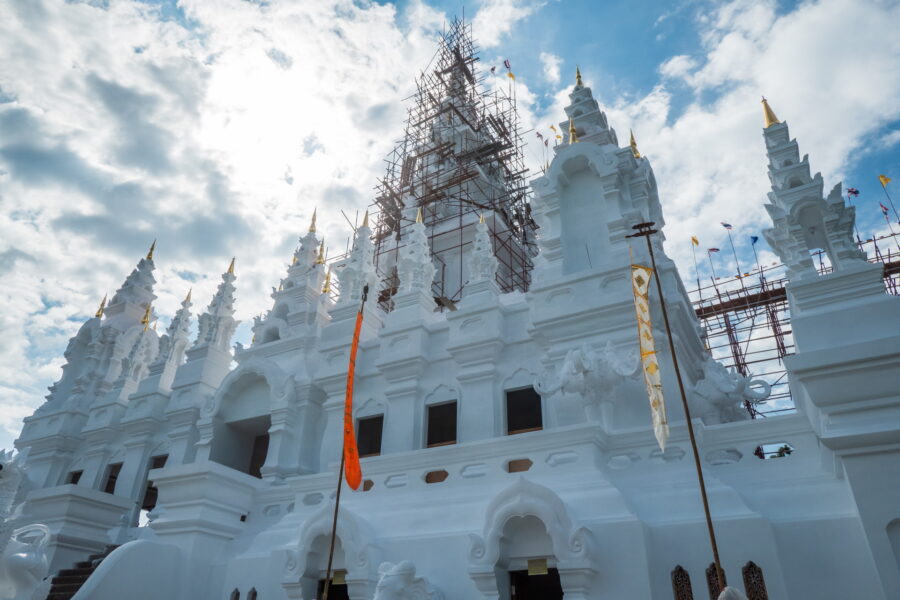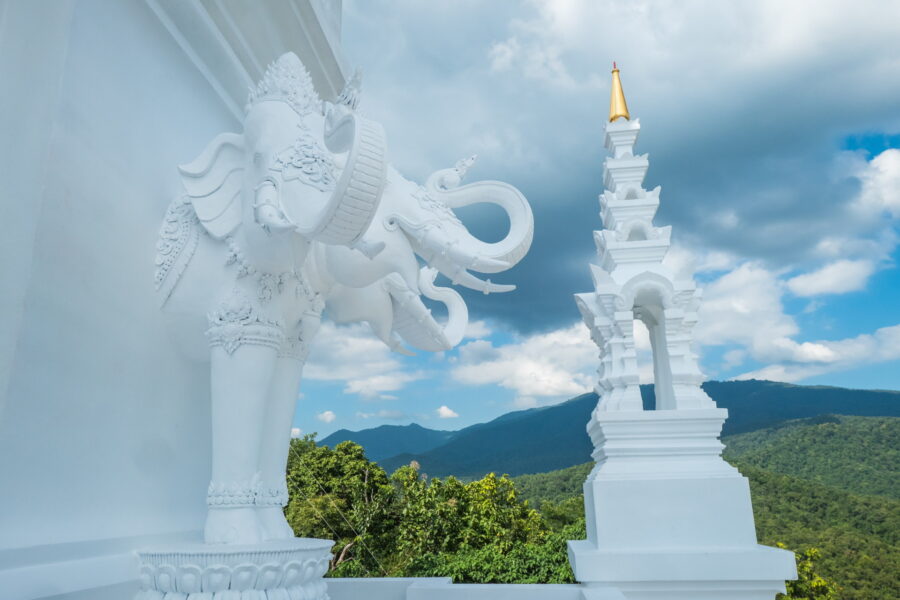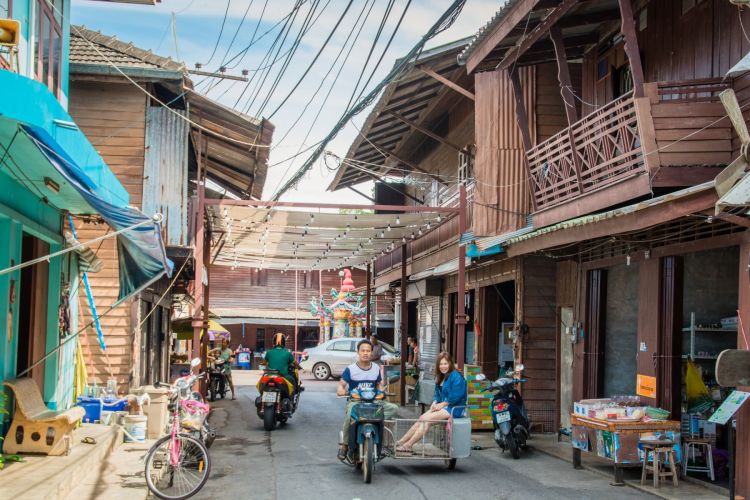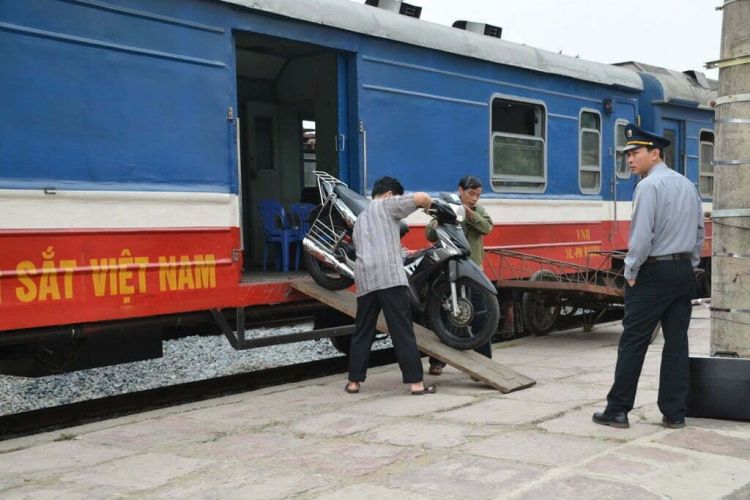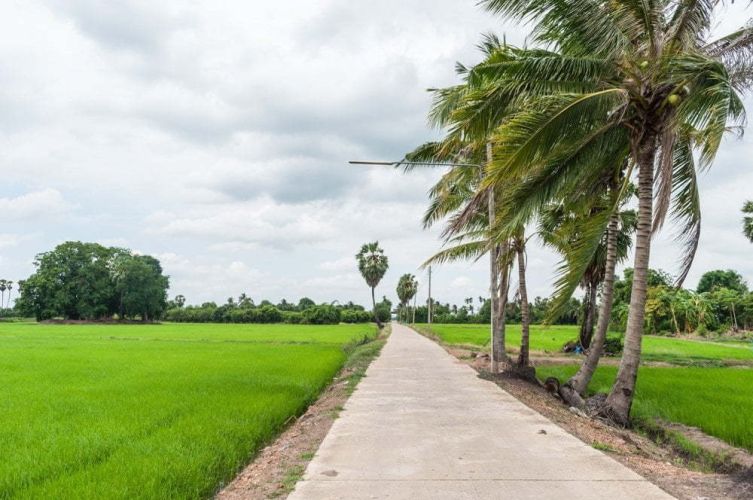Ob Khan is a little-known national park located about 45 minutes south of Chiang Mai city center. It is a popular spot, at least in the main area, for picnicking and chilling by a small river. A perfect spot to unwind and recharge, and can be used as a starting point for hiking.
Ob Khan National Park Information
If you follow the GPS towards Ob Khan National Park, it will take you to the information center where the campsite is located, located along the small Khan River, giving the park its name. But in reality, the park extends far beyond this single area and covers an entire mountainous area spanning several districts in the area.
Ob Khan National Park covers an area of 484 km². (if I take Wikipedia as a source, others mention more than 500 km²), a good part of which includes the district of Hang Dong as well as that of Mae Wang, famous for its valley sheltering many elephant sanctuaries.
While doing my research for information to write this article, I realize that this national park is not yet officially listed in the gazette listing the country's national parks. I also specify that this park is not to be confused with the Khun Khan National Park, created in 2012 and located in the same area further west.
Other information that I can add, his climax, the “Yod Khun Tien” (whose point I cannot locate on a map) is at 1 m.
Facilities and services
- THEEntrance to the park is free
- Clean toilets
- Camping spaces available for visitors
- Parking
- On-site catering possible
- Information center open every day from 8:30 a.m. to 16:30 p.m.
- Le last kilometer of access to the parking lot is unpaved, so be careful in the rainy season
Ob Khan National Park Attractions
- Ob Khan Gorge : this is actually the main attraction and the one for which I had decided to go to this park. Indeed, the Mae Khan, a small river that winds through the park, has carved a pretty canyon in places in the cliffs that reach 30 m high in some places.
- Ob Khan Nature Trail : there are normally several possible hikes to do from the parking lot of the information center. The short version is a round trip to the suspension bridge over a section with a canyon, a 1,6 km route that we did when we came. There is also a loop passing on the other side of the river, about 2,4 km. When we went, this section was closed, because it lacked maintenance, the vegetation had covered the path quite a bit making its journey difficult, but it was, I think, in the process of being redeveloped. There is also a large 13 km loop listed on this site. It provides access to the Takkatan cave, but the path is apparently complicated.
- Takkatan Cave : located in the north of the park, near the village of Ban Namsoon (บ้านน้ำซุ้ม), it is a little-explored cave whose extent is unknown to the authorities themselves. Access is via a short walk along fields from the village and there are a few columns of stalactites and stalagmites.
- Cascades : the national park includes at least 4 waterfalls, the most famous of which is Mae Wang fall, to the south. A waterfall that can be visited especially if you go to one of the elephant sanctuaries in the area. The other three are the falls of Mae Thien, not far from Mae Wang, as well as the waterfall of Mae Sapok also in the same area. The least accessible because not listed on Google Maps is the Khun Win waterfall, although it is clearly indicated on the national park map.
My personal opinion on Ob Khan Park
Now that the introductions are done, what about my feelings? Well, first of all, you should know that if I talk about it on the blog, it's because I think it's at least a little interesting. Even if it could happen that I talk about a blah place to save you the trouble of going there, it would be relevant if it's a place that's at least a little known, just to say "hey, it's disappointing here".
There, clearly, this park is little visited (even if a lot of locals go there to picnic and camp) and therefore talking about it is relevant to make it known.
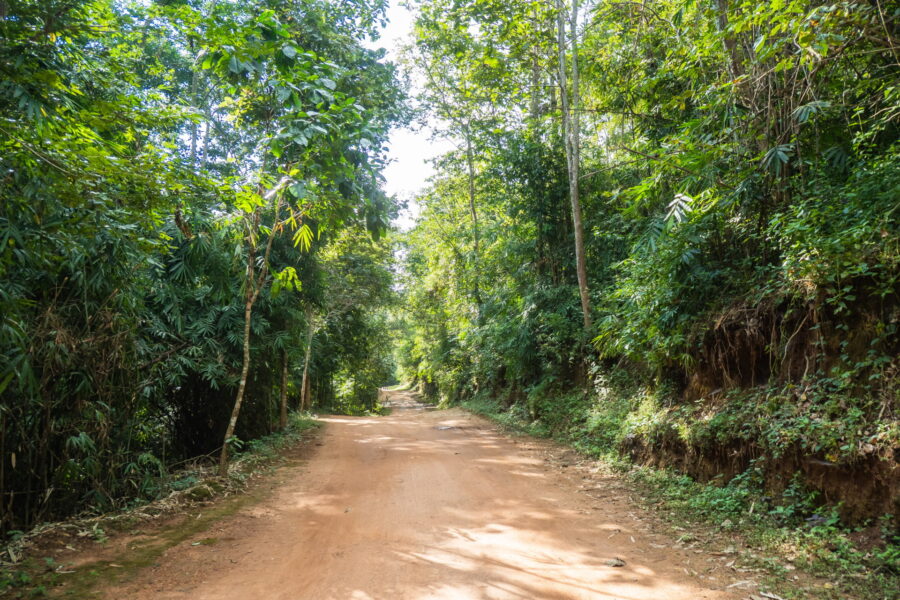
Ob Khan National Park offers a beautiful setting for walking, and it is free, which is rare in national parks in Thailand (especially for foreigners). Furthermore, canyons are quite rare in Thailand (one of the best known is in another national park further south of Chiang Mai, Ob Luang).
Upon arrival, knowing that it was in the middle of a pandemic, it was very quiet. Everything was clean and recently refurbished, like the information center, with explanatory panels in English and Thai on the local flora and fauna. Moreover, if we don't particularly see any animals, we will be served in terms of flowers.
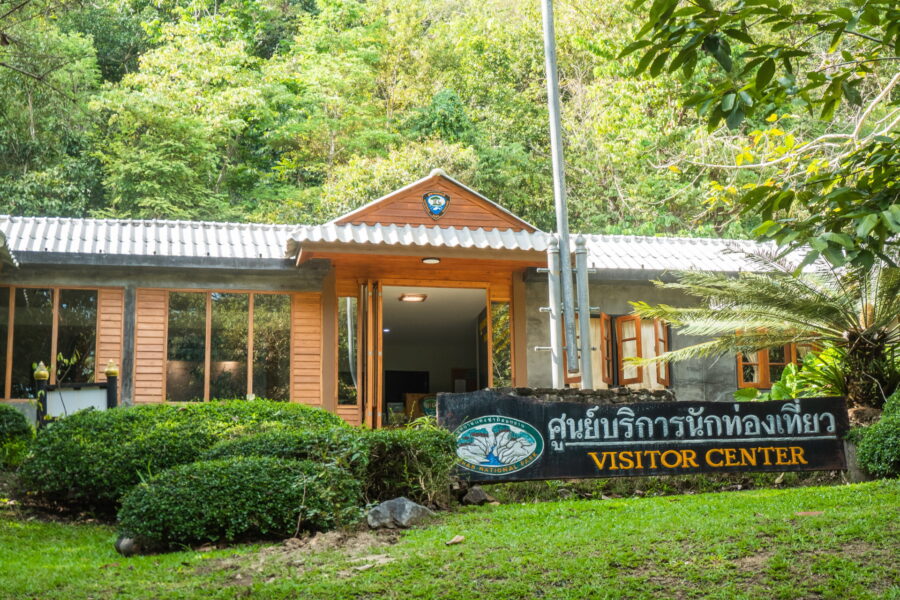
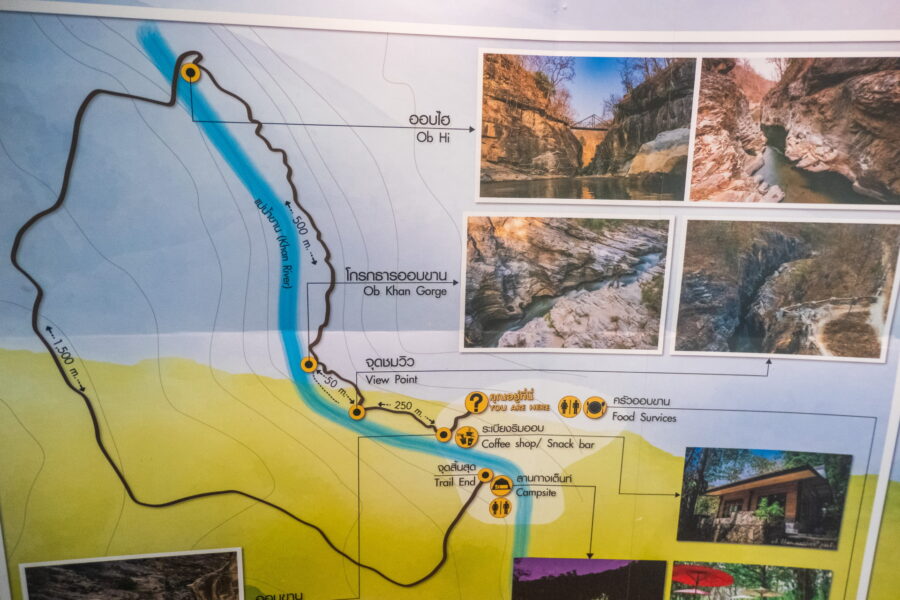

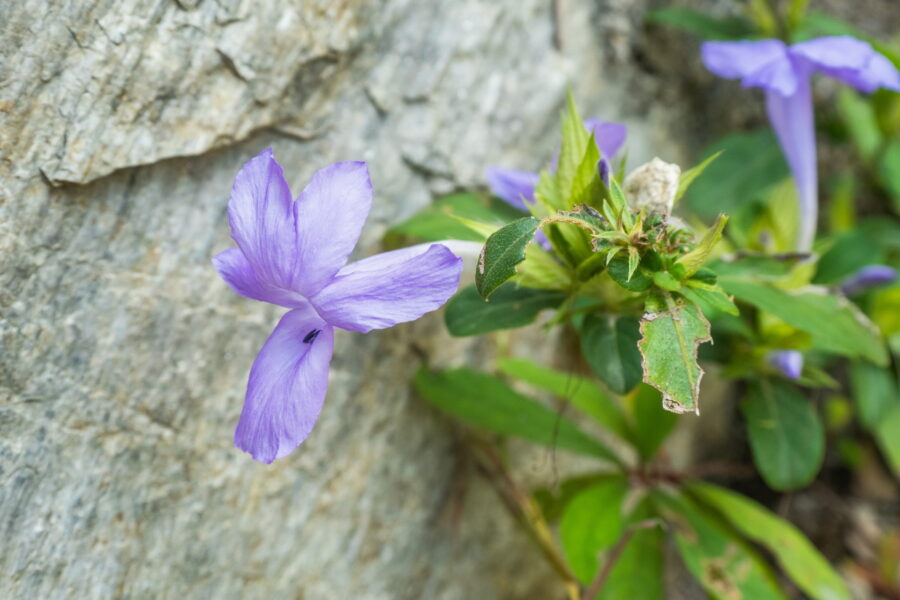
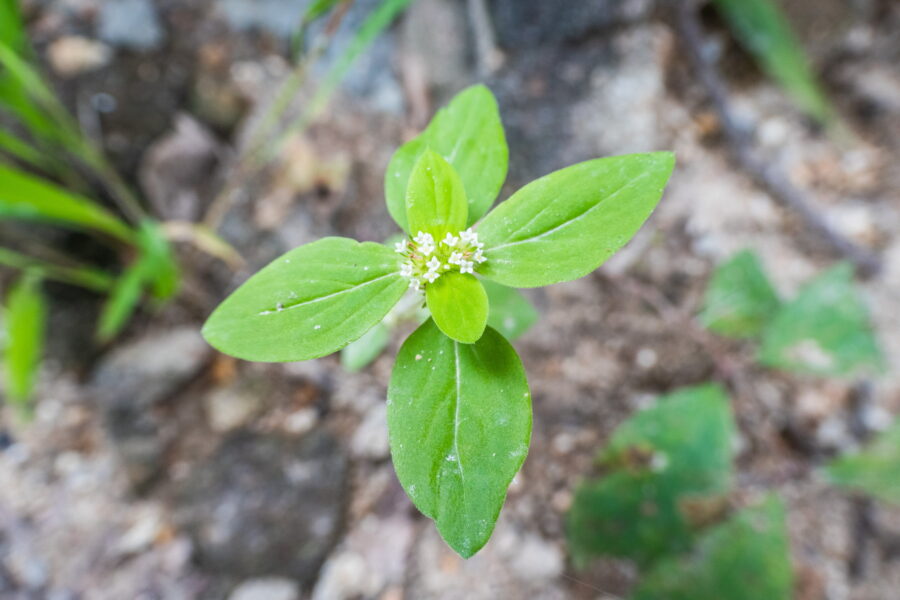
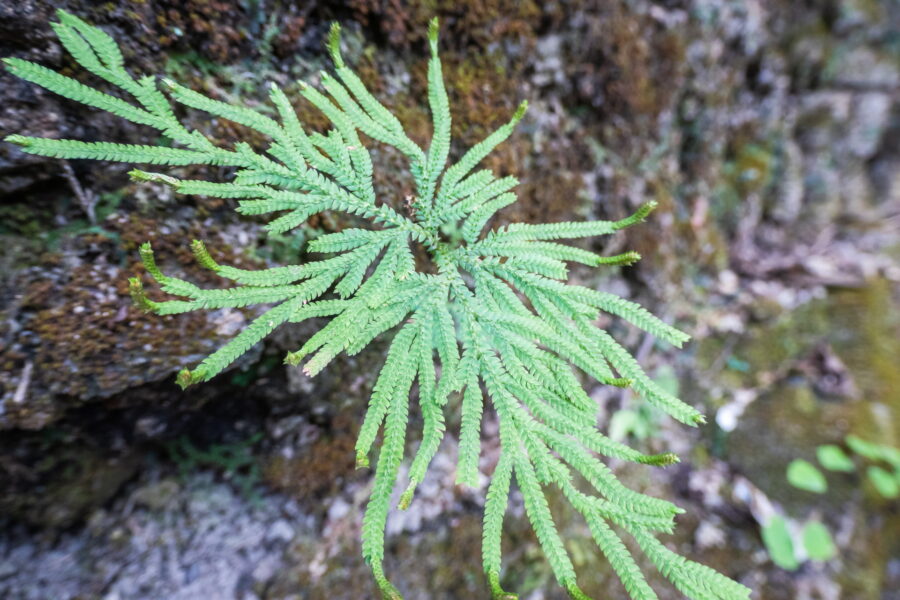
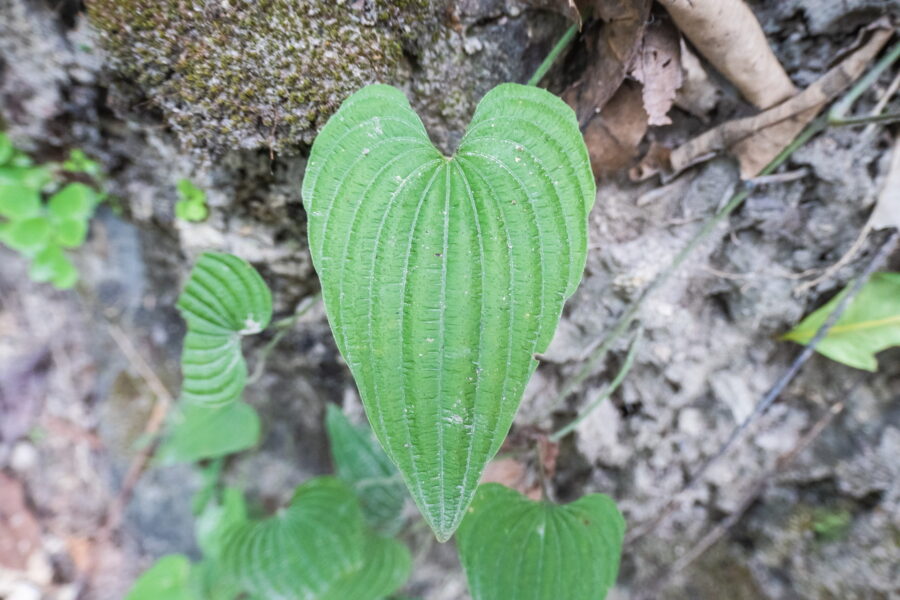
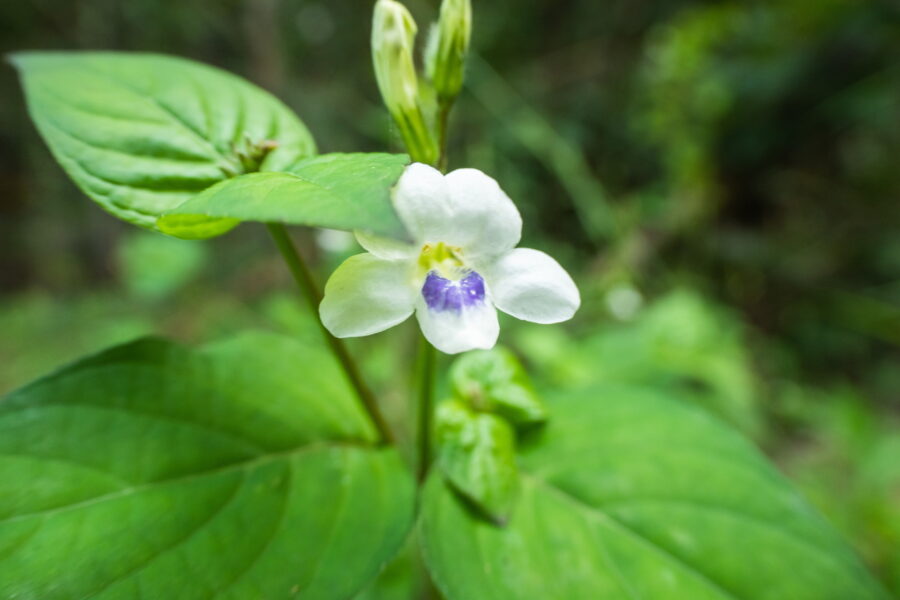
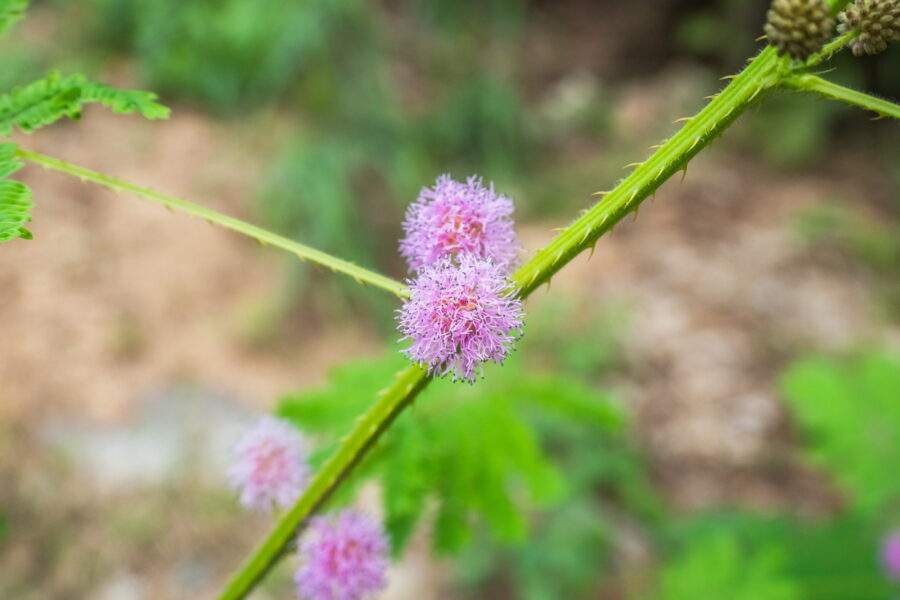
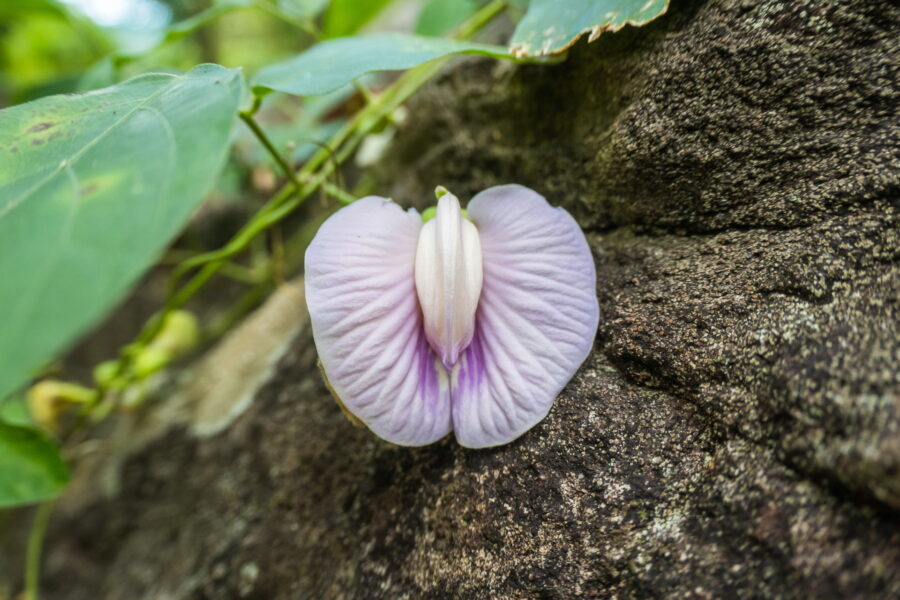
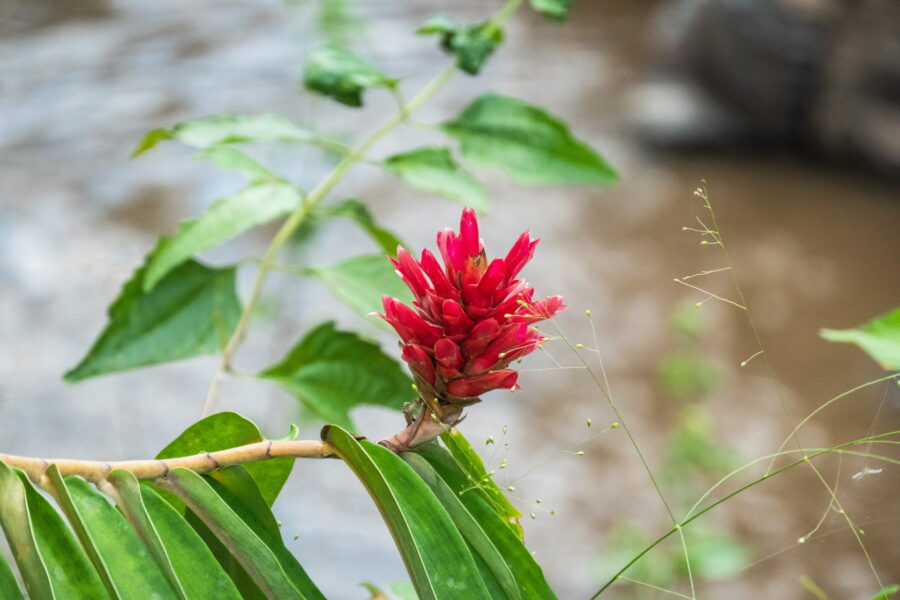
The path is marked throughout and remains generally easy to follow. After the first series of steps, we arrived at the viewpoint, just 300 m from the car park. From there, we can observe a first section dug by the Mae Khan River which flows a few meters below.
A first glimpse of the work of water on the rock for millennia, many of which are satisfied and return to the campsite. For our part, we wanted to at least make the round trip to the bridge indicated on the hiking map indicated in the "visitor center".
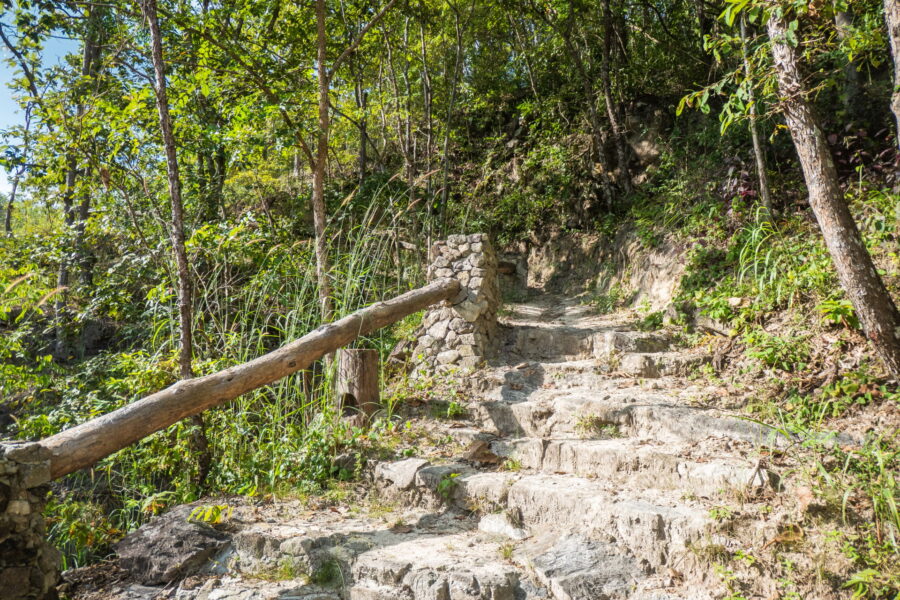
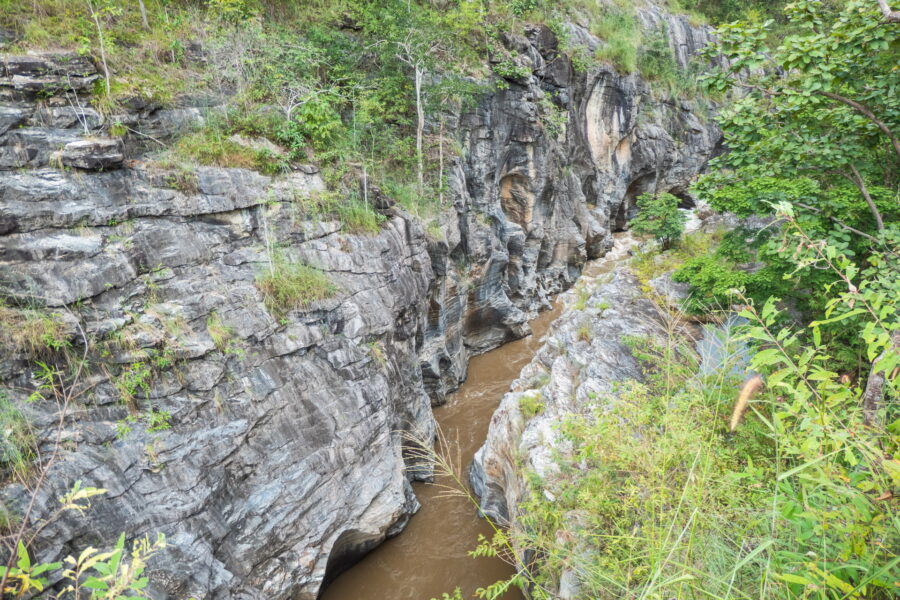
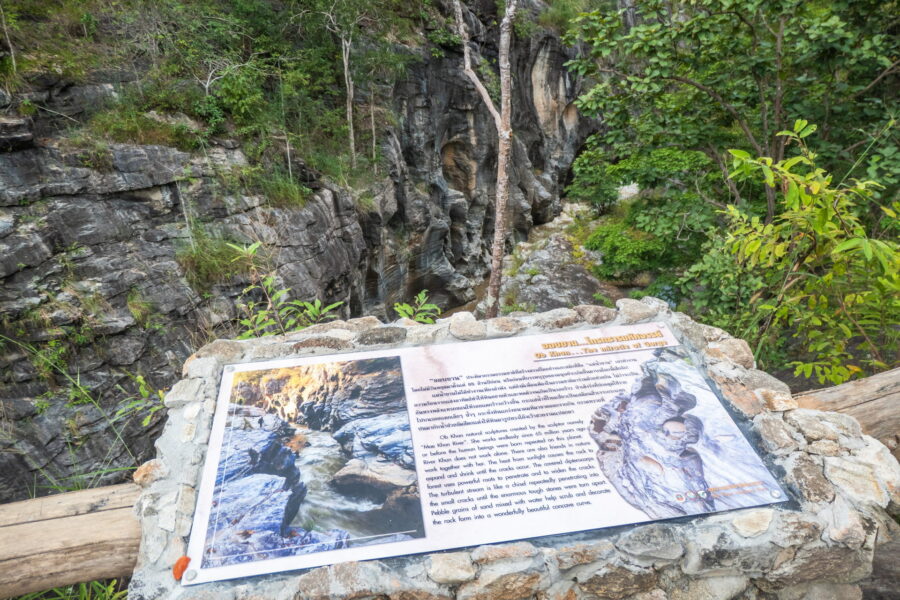
So we climbed a little more before arriving less than 10 minutes later on another section where we can admire the canyon. Continuing the path, we get closer to the river then we start to follow it. The landscape is wild, there is no one and just the sound of the river to disturb this general silence, a rather pleasant and easy walk on this area because there is no climb or descent.
As the river is quite low at this time of year, we even come across small "beaches" where we can easily imagine enjoying the place by sitting down for a while.
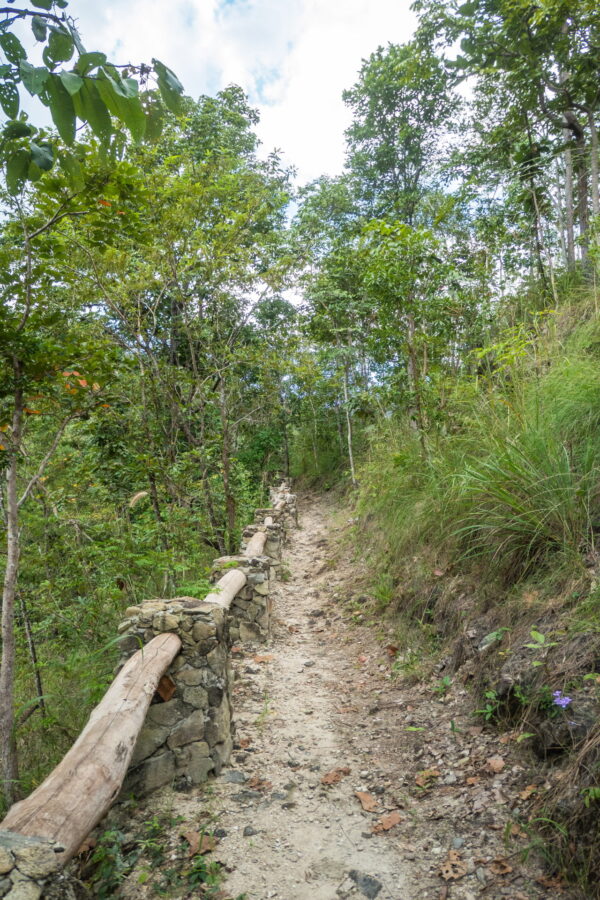

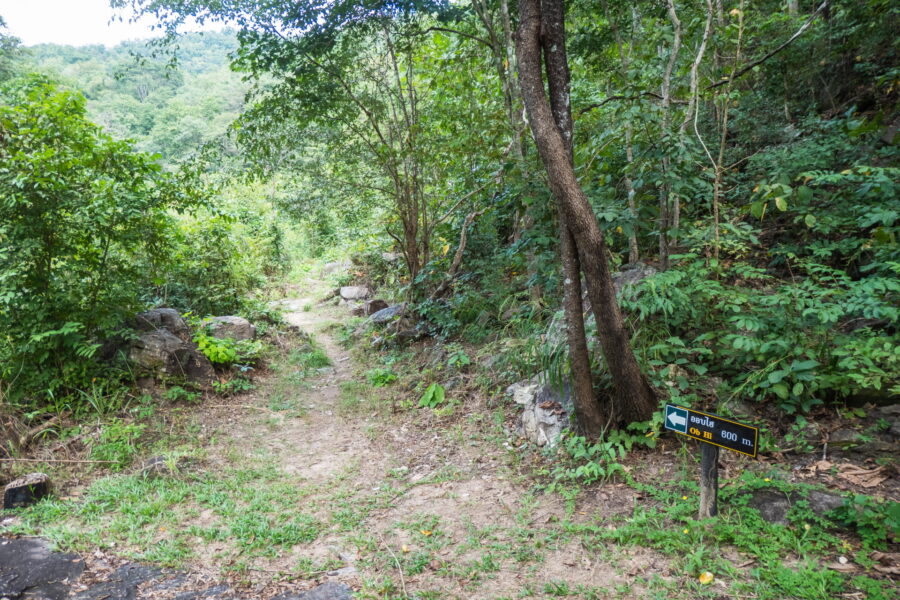
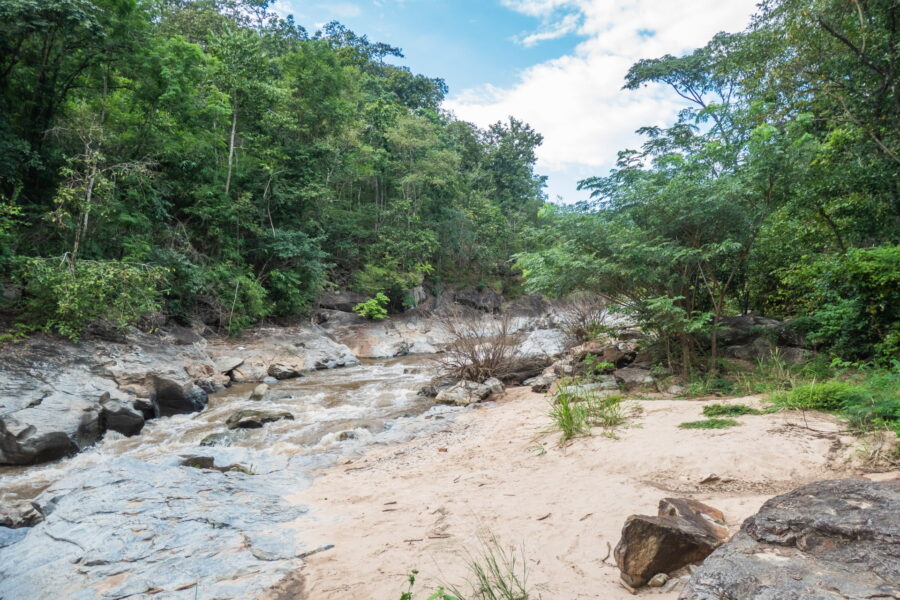
After half an hour of walking, we had the bridge in sight. And while we were at it, we might as well set foot on it. The section on the other side of the bridge allows you to return to the campsite via a 1,5 km path.
On the bridge, we can see another section dug by the river, which goes further into the mountains. For our walk of the day, we turned around, not without lingering a little to admire the polishing and shaping of the rocks bordering the river.
If until now the weather remained so-so with a grey sky, we were treated to a little ray of sunshine on the way back, allowing us to appreciate the walk even better.
Back at the parking lot, I see that it took us just over an hour to complete this mini hike and leave satisfied with my visit.
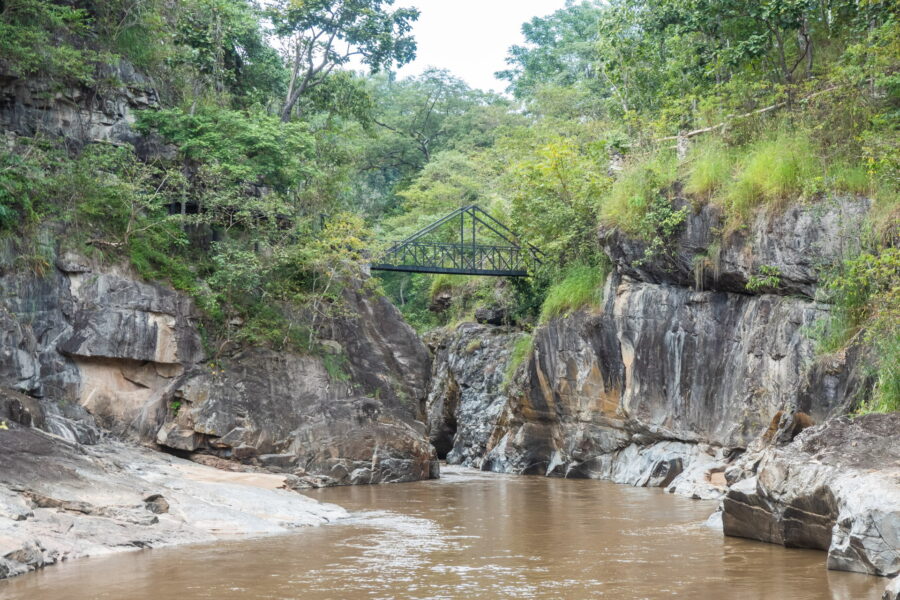
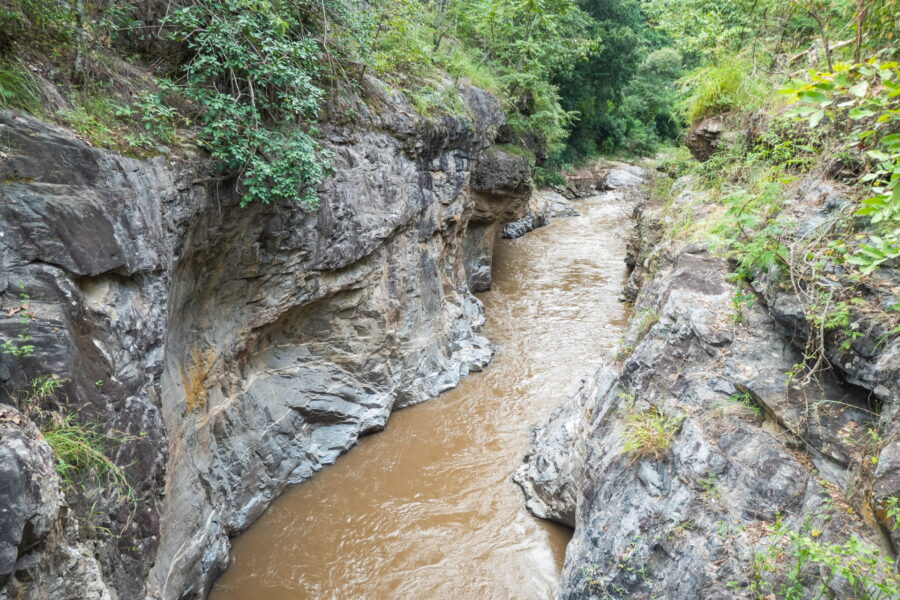
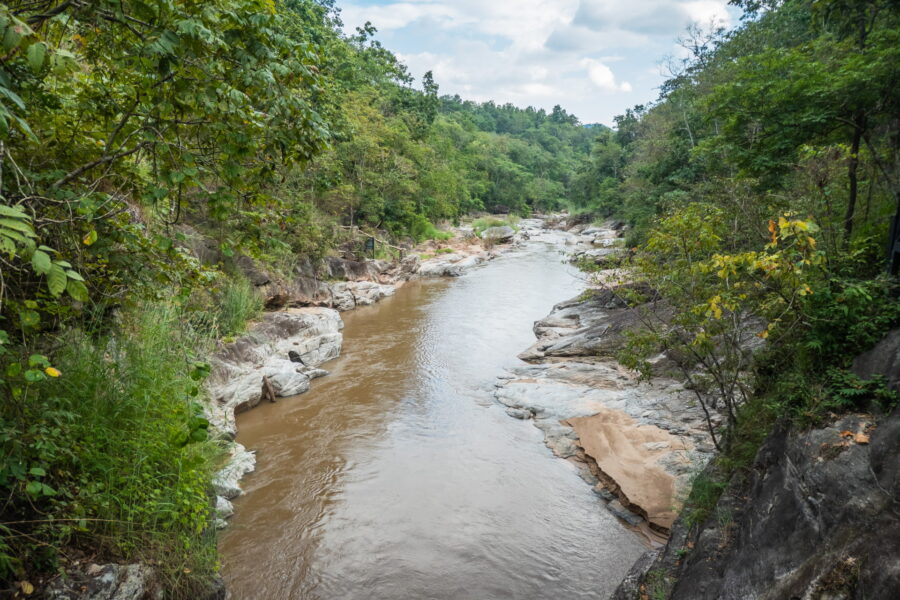
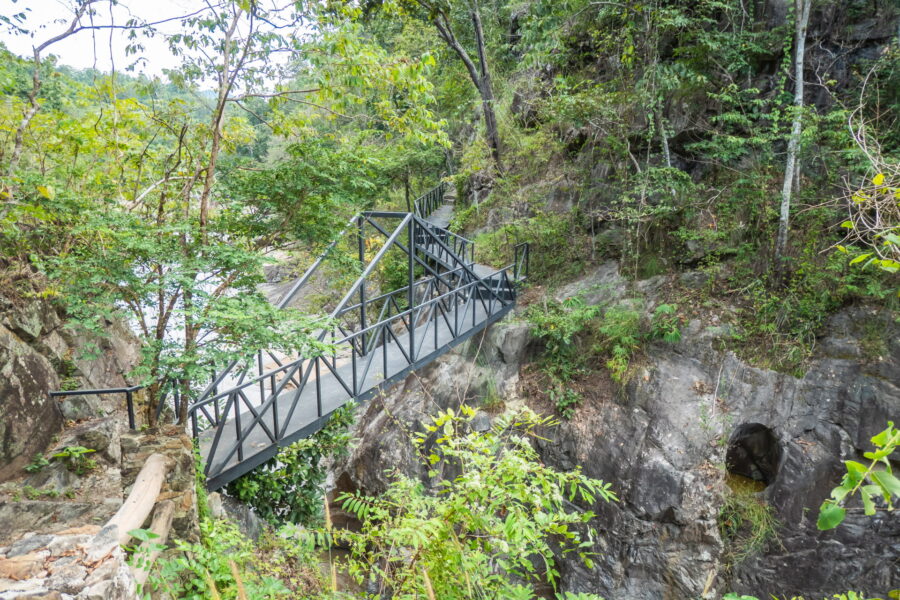
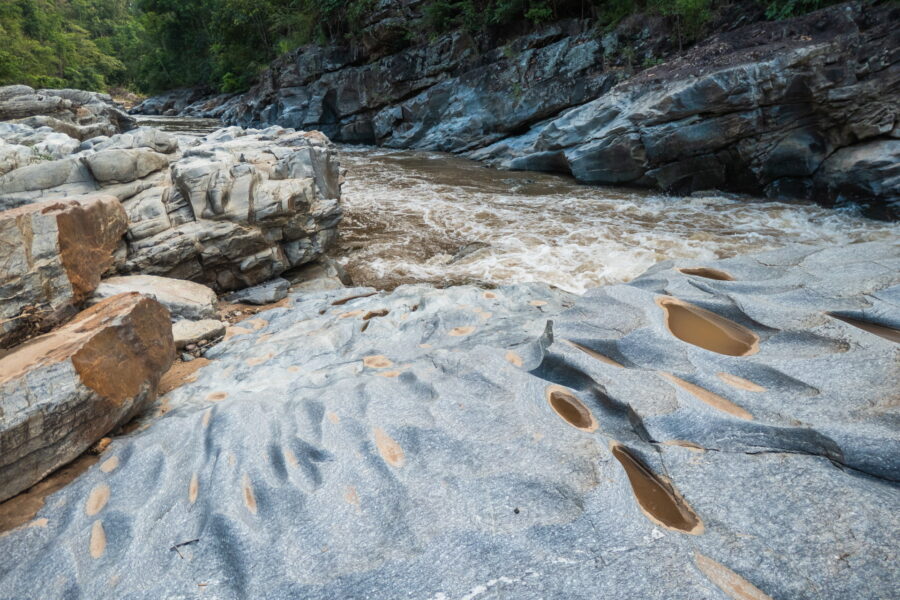

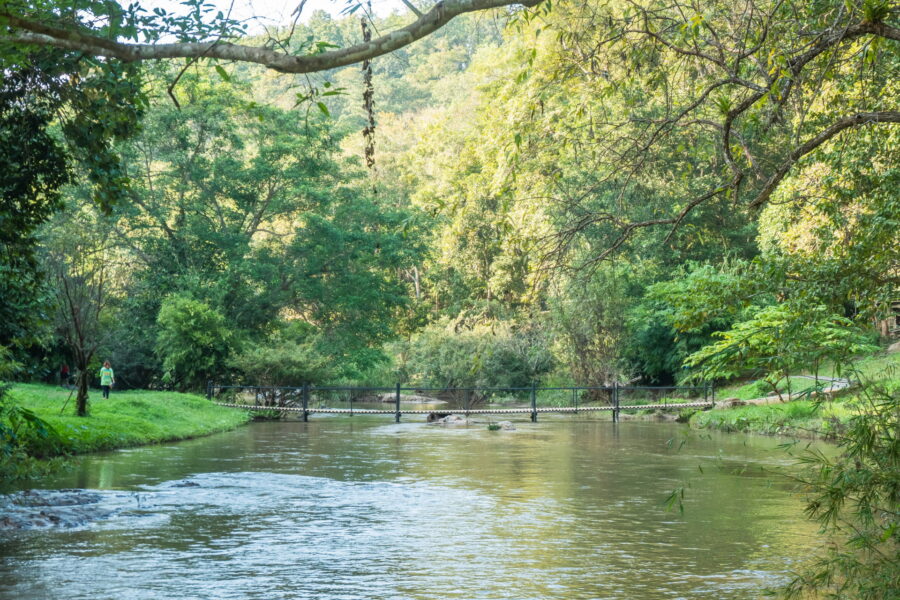
Where to eat near Ob Khan National Park
If you are ever looking for a place to eat on your way to or after visiting Ob Khan National Park, here is my suggestion, tested on the day we visited.
I originally planned to go to Lanna Rock Garden, which has a good reputation and a nice setting by a stream. Unfortunately, it was closed and looking at what else was around, we ended up heading not far from there to Valley Coffee, a restaurant that is part of the Lanna Resort.
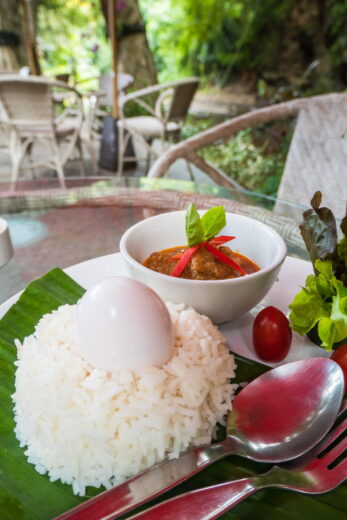
It must be admitted that the setting is pleasant. The resort is nestled in a small private valley, along the same stream as the Lanna Rock Garden (the Mae Tha Chang). If there were a few guests, it was quiet and the shade of the trees as well as the humid cliff in front brought us a welcome freshness.
I would like to point out in passing that the property is surrounded by beautiful, well-maintained gardens, which add to the charm of the place.
[photonic ids=’48240,48241,48242,48243,48244,48246,48239′ columns=’1′ main_size=’large’ fx=’fade’ pause=’1′ strip-style=’thumbs’ controls=’show ' style='strip-below' itemtag='dl' icontag='dt' captiontag='dd' link='post' size='thumbnail' order='ASC' id='48227′ orderby='menu_order ID' _orderByField='menu_order ID']
Bonus: visit to the Wat Phra That Si Mueang Pong temple
I took advantage of being nearby to take a look at the Wat Phra That Si Mueang Pong, an ongoing construction project, initiated by the temple below, Wat Ban Pong, which appears modest. I had spotted the structure protruding from the trees on the hillside while passing on Route 1269, on our way to the national park.
As I am curious and one rarely spends a day without discovering a new temple, I therefore made a small detour towards the building. On the way, we went along rice fields, then filled with workers busy harvesting the precious cereal.

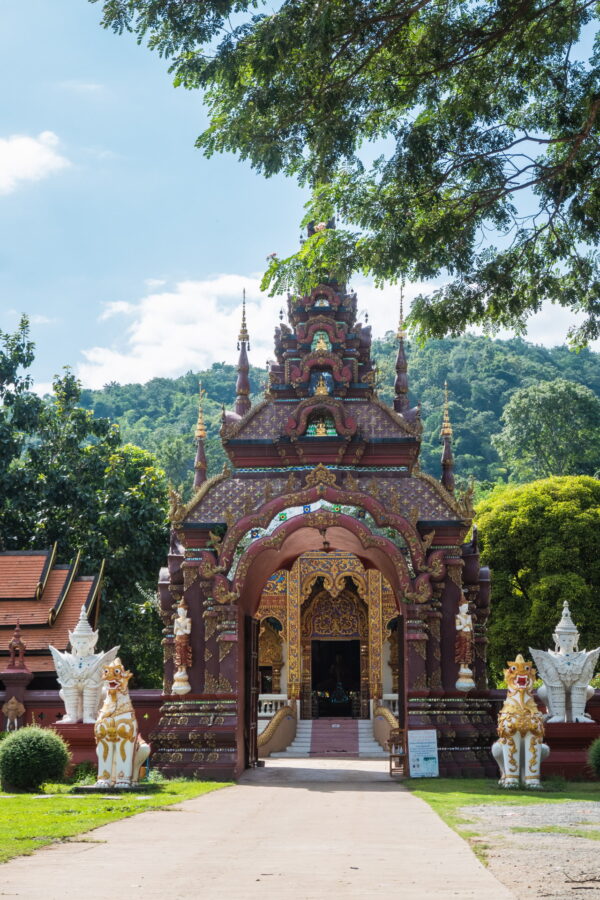
I was pleased to see that a road led directly to the foot of the white tower, saving us the possible climb of steps often associated with this type of building.
It must also be said that what particularly interested me, beyond the structure itself, was the view that one could have from it, given its position dominating the local hill. And I was not disappointed. In addition to the view of the Doi suthep which we can clearly see from the side, we overlook the entire village below. We are also surrounded by small, very green mountains at the time of our visit (in November).
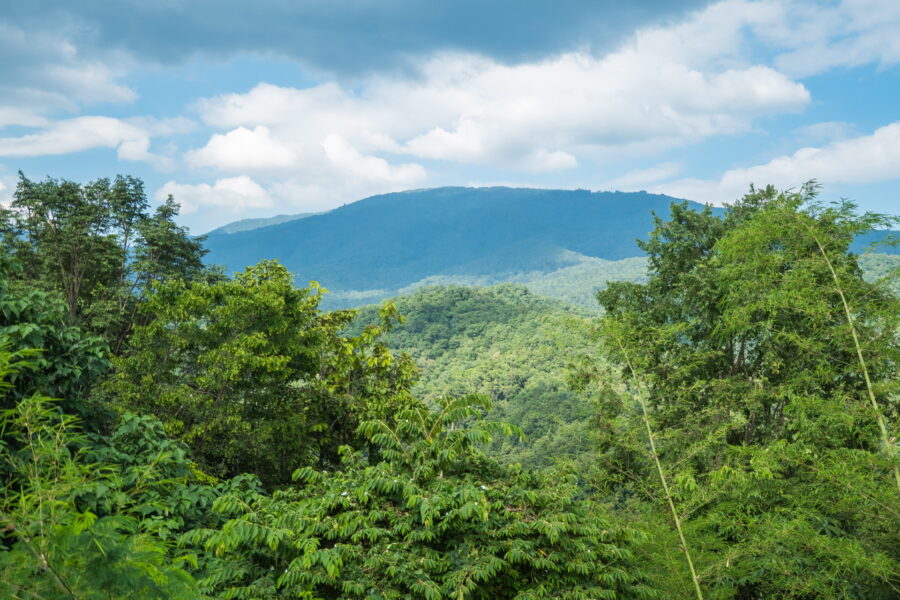
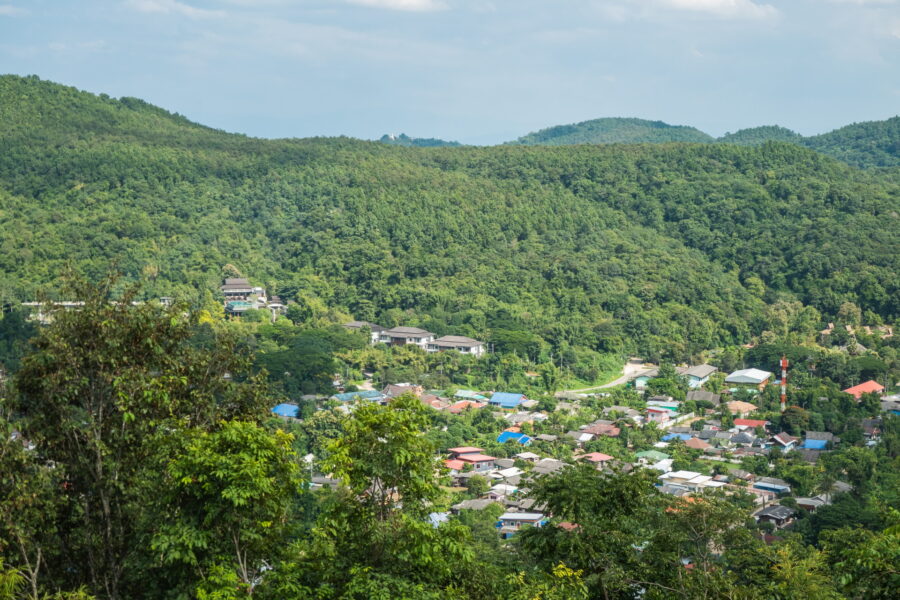
The scaffolding is very present and does not deceive us as to the recent and unfinished appearance of the chedi, which can be accessed inside, although it is still under construction. However, I think it was well on its way to being finished soon. Despite everything, we took the time to make a donation, with the tradition of writing our names on one of the tiles still to be laid on the floor, a modest contribution, but always amusing to think that a slab will bear our names.
Finally, note that if a road allows access to the chedi (at the base to facilitate construction), a staircase will connect Wat Ban Pong, always traditionally bordered by two long nagas on each side. A beautiful series of steps for the most motivated who will want to access this view using only the strength of their legs.
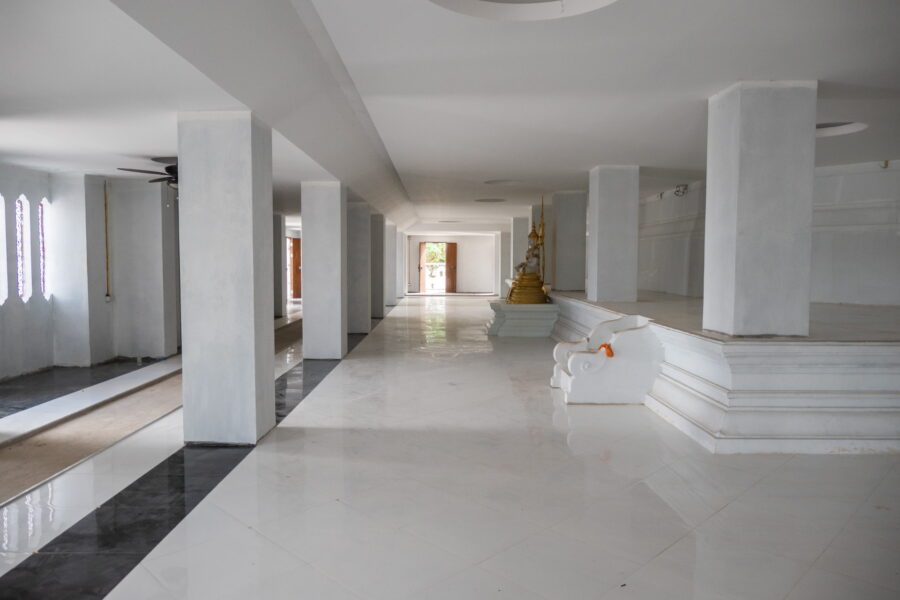
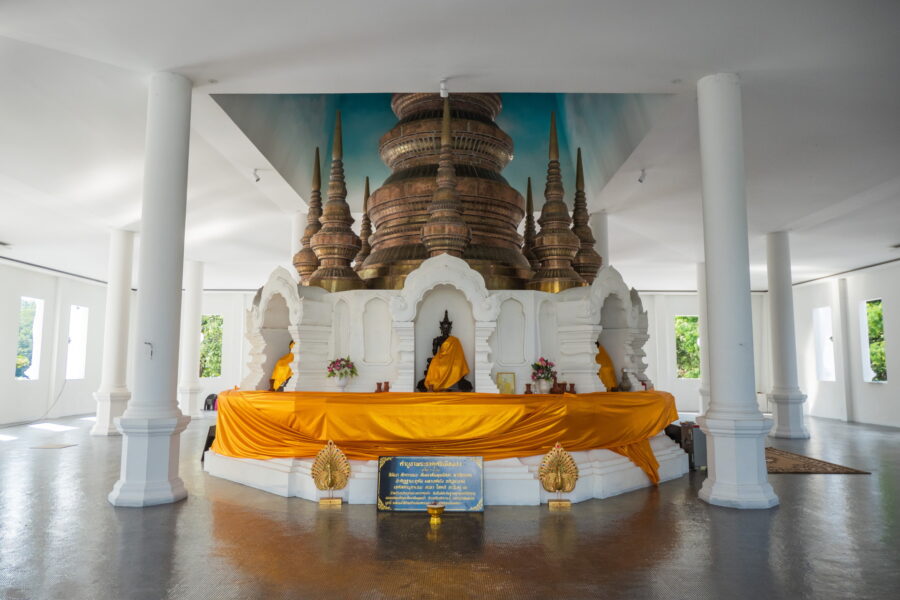
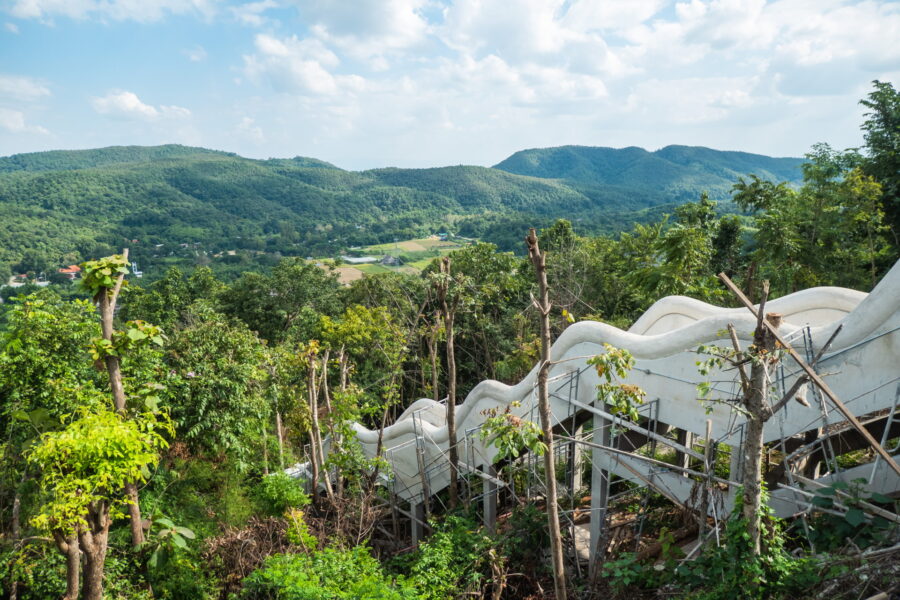
Markers on a map
To locate the park, the restaurant mentioned in the article and the temple, here is a small map.


